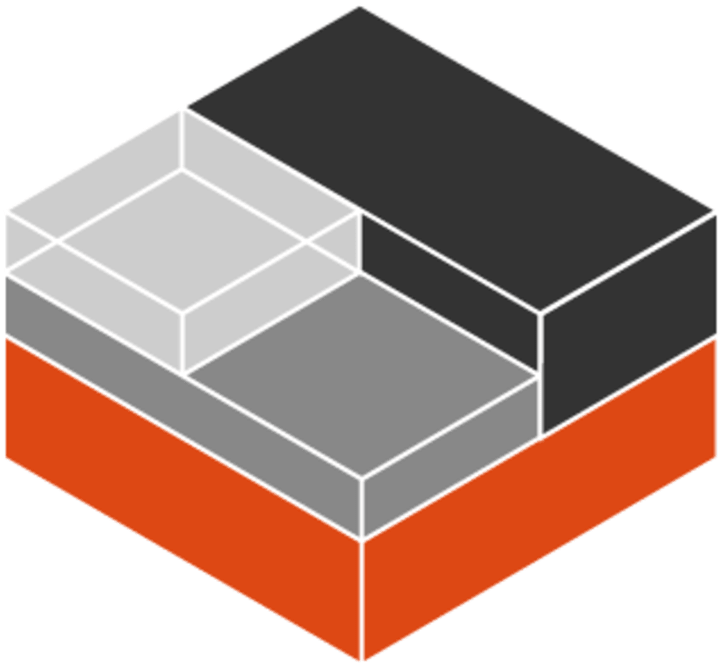The LXD 2.0: Blog post series [0/12]
Stéphane Graber
on 14 March 2016
Tags: containers , docker , LXC , LXD

As we are getting closer and closer to tagging the final releases of LXC, LXD and LXCFS 2.0, I figured it would be a good idea to talk a bit about everything that went into LXD since we first started that project a year and a half ago.
This is going to be a blog post series similar to what I’ve done for LXC 1.0 a couple years back.
The topics that will be covered are:
- LXD 2.0: Introduction to LXD [1/12]
- LXD 2.0: Installing and configuring LXD [2/12]
- LXD 2.0: Your first LXD container [3/12]
- LXD 2.0: Resource control [4/12]
- LXD 2.0: Image management [5/12]
- LXD 2.0: Remote hosts and container migration [6/12]
- LXD 2.0: Docker in LXD [7/12]
- LXD 2.0: LXD in LXD [8/12]
- LXD 2.0: Live migration [9/12]
- LXD 2.0: LXD and Juju [10/12]
- LXD 2.0: LXD and OpenStack [11/12]
- LXD 2.0: Debugging and contributing to LXD [12/12]
I’m hoping to post a couple of those every week for the coming month and a half leading to the Ubuntu 16.04 release.
If you can’t wait for all of those to come out to play with LXD, you can also take the guided tour and play with LXD, online through our online demo page.

What’s the risk of unsolved vulnerabilities in Docker images?
Recent surveys found that many popular containers had known vulnerabilities. Container images provenance is critical for a secure software supply chain in production. Benefit from Canonical’s security expertise with the LTS Docker images portfolio, a curated set of application images, free of vulnerabilities, with a 24/7 commitment.
